DCT Vulcanwool FAQ
Your most frequently asked questions about DCT Vulcanwool answered
Q. WHAT HAPPENS WHEN IT GETS WET?
Vulcanwool is water repellent because of its saturated (satiated) structure. It does not contain moisture because it is vapour permeable and has a μ value of < 1 (μ value determined to EN 12087). The vapour permeability allows moisture to diffuse out of the material and not accumulate. Both the short-term and long-term water absorption of Vulcanwool are WS ( < 1 kg /m2 and < 3 kg /m2, per EN 1609 and EN 12037). WS represents the quantity of water absorbed by the product per partial immersion, it is useful because it provides the capacity of the product to not spread humidity through the cell structure when one of its faces is exposed to humidity or water.
Q. WILL THE FIBRES GET WASHED AWAY OVER TIME?
No. They are generally inert i.e. do not react with other substances including water. They are insoluble in water and held in place by a Bakelite binder. Please refer to the DCT Vulcanwool MSDS for further information.
Q. IF IT GETS WET WILL ANY BINDER BE RELEASED FROM THE INSULATION CAUSING CORROSION?
No. DCT Vulcanwool is non-corrosive, does not decay or become rusty. It is stable and does not react to other substances. Please refer to the DCT Vulcanwool MSDS for further information.
IMPACT OF THERMAL BRIDGING FOR NCC 2019
If we consider the following wall:
1. Inside
2. 13 mm Plasterboard
3. 90 mm Bulk fibre batts
4. 1 mm Metal back pan
5. 50 mm Ventilated cavity created by top hat system
6. 8 mm Fibre cement sheet
7. Outside
The performance of the wall according to NCC 2016, NCC 2019 and with DCT Vulcanwool Thermal Break Strips is shown below:

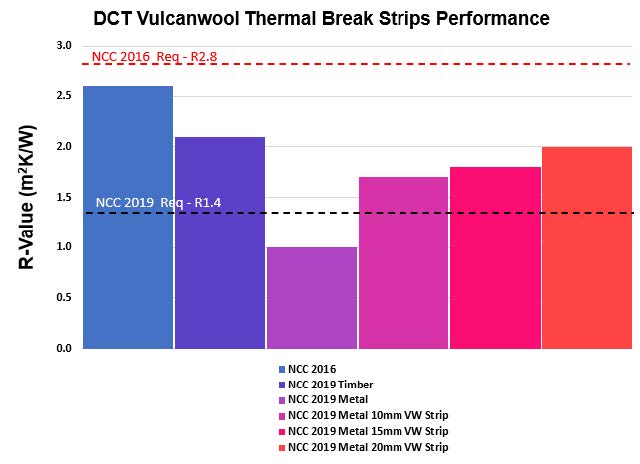
NCC 2016 does not take into account thermal bridging and the total R value is simply the sum of R values of the individual layers of the wall, R2.6. In NCC 2019, thermal bridging needs to be accounted for per NZS 4214. When timber framing is used, the R value of the wall drops to R2.1. When it comes to NCC 2019 compliance, this is still acceptable as it is above the R1.4 requirement. Metal framing, however, reduces the R value drastically, reducing the wall’s R value to R1.0, which is a fail to NCC 2019. Adding the 10, 15 and 20 mm DCT Vulcanwool Thermal Break Strips solves this problem, and allows the wall to Pass according to NCC 2019 criteria.
For further information, please contact DCTech here.
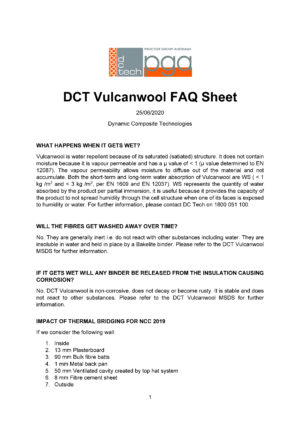

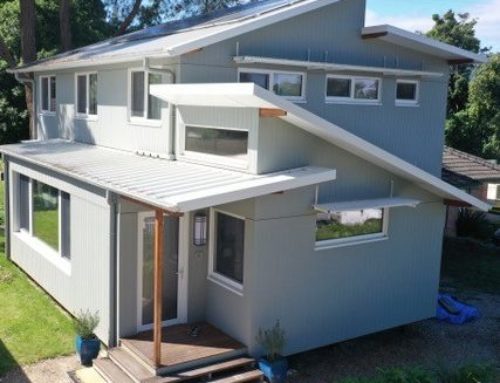
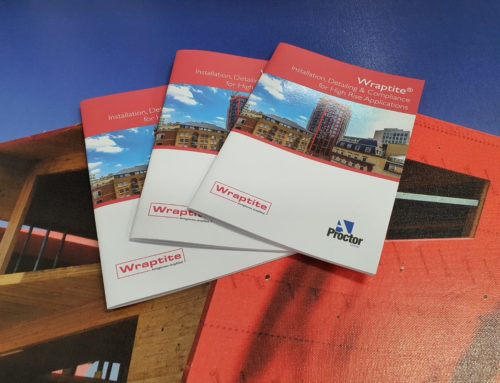
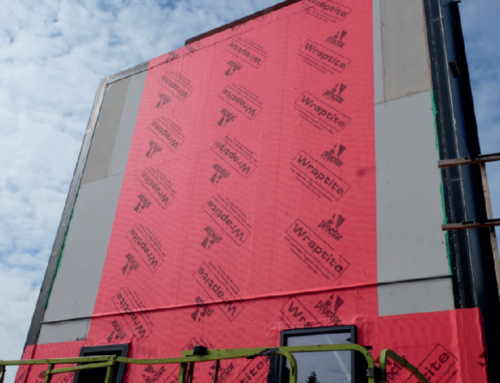
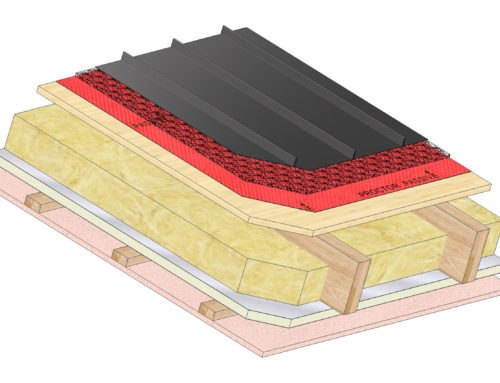
Leave A Comment
You must be logged in to post a comment.